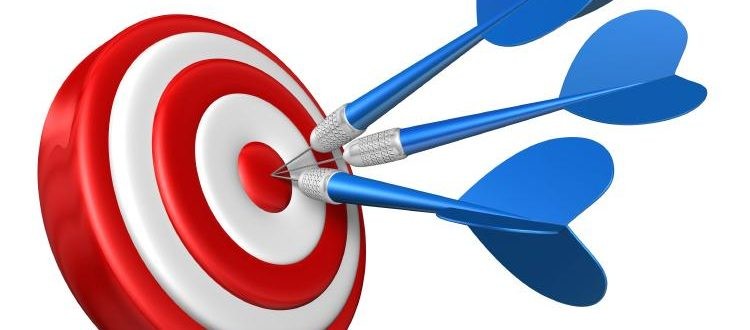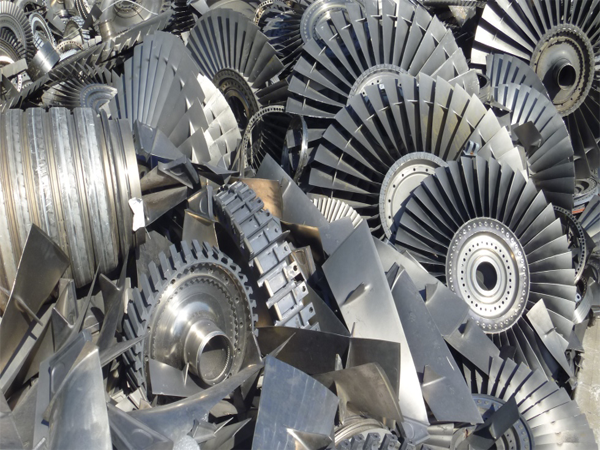Hole making is one of the most common metalworking operations. It’s a critical operation that requires matching the right process with each job to maximize profitability. Boring is often considered the go-to method, but more manufacturers are finding reaming to be a better option in some high volume or high-cost part applications.
Here’s why:
1. Reaming is more consistent.
Lesser Variations, More Consistency
Reaming provides a better consistency and tool life as compared to boring tools
For some manufacturers – especially those working in exotic materials – consistency is everything. After they have performed numerous operations on an expensive part, the last thing they want is to ruin it on the very last process.
Boring tools and reamers have completely different designs. A boring head is an adjustable tool that consists of a cartridge with an insert. The advantage of this design is that it offers flexibility to use one tool in multiple operations or on different sized parts. This flexibility is often perceived to make the tool more economical, but because the inserts wear – which then leads to inconsistent holes sizes – this type of system can actually result in higher end costs.
A reamer, on the other hand, is a solid tool with a set dimension designed to deliver single digit RAs and micro finishes. It has a lead angle, a diameter, back taper, and a wiper area. On non-adjustable reamers, nothing on a reamer is moving, so it remains consistent and delivers the same hole size throughout the life of the tool. It also does not require replacement of inserts or adjusting by the operator to bring it back to size – which is subject to human error.
Reamers also have an extremely predictive tool life. A machinist using an air gauge to measure parts throughout the manufacturing process can see when it’s nearing time to change the tool and put in a new one before a problem arises. Then, once the reamer is changed, the new reamer will produce a good hole on the very first part.
One of our automotive customers that runs 15 million of the same part per year had been using a boring tool to produce large holes and was frustrated with inconsistency. Holes that were undersized required additional handling to finish bore or hone to size. Holes that were oversized got scrapped. By switching to a reamer, the customer experienced more consistency and eliminated the need for secondary operations and waste.

2. Reaming reduces scrapping
Lesser Scrap
Scrapping of components made of exotic materials can cause huge losses, especially so after multiple processes
Reducing scrap becomes especially important when working with very expensive materials. In the aerospace industry, for example, manufacturers often produce lower quantities of parts out of Inconel®, titanium and other high-cost materials. For these manufacturers, using a non-adjustable reaming tool and changing it out more frequently can provide consistent hole sizes throughout the life of the tool and significantly lower scrap ratios.

3. Reaming can save time.
Cycle Time Reduction
Cycle time savings of one minute per component can save you millions of dollars per year
Unlike a finish boring head, which usually has just one tooth, a reamer will have up to 10 teeth depending on its size. Multiple teeth enable users to use much faster feed rates, and therefore increase productivity over machining with a single tooth tool.
Reaming is also a good choice for materials that cannot withstand high levels of heat and therefore require slower machining and longer cycle times. When it takes four or six times to machine a part out of an exotic as a normal piece of steel, the cost in the part increases exponentially. With that much time invested, it’s important to have a fool proof method in place when the final operation of finishing a hole rolls around.
The bottom line is that reaming offers the big advantage of consistency. Whether the user is producing high volumes of parts or small batches of high cost parts, reaming can ensure the process stability and repeatability they need.


